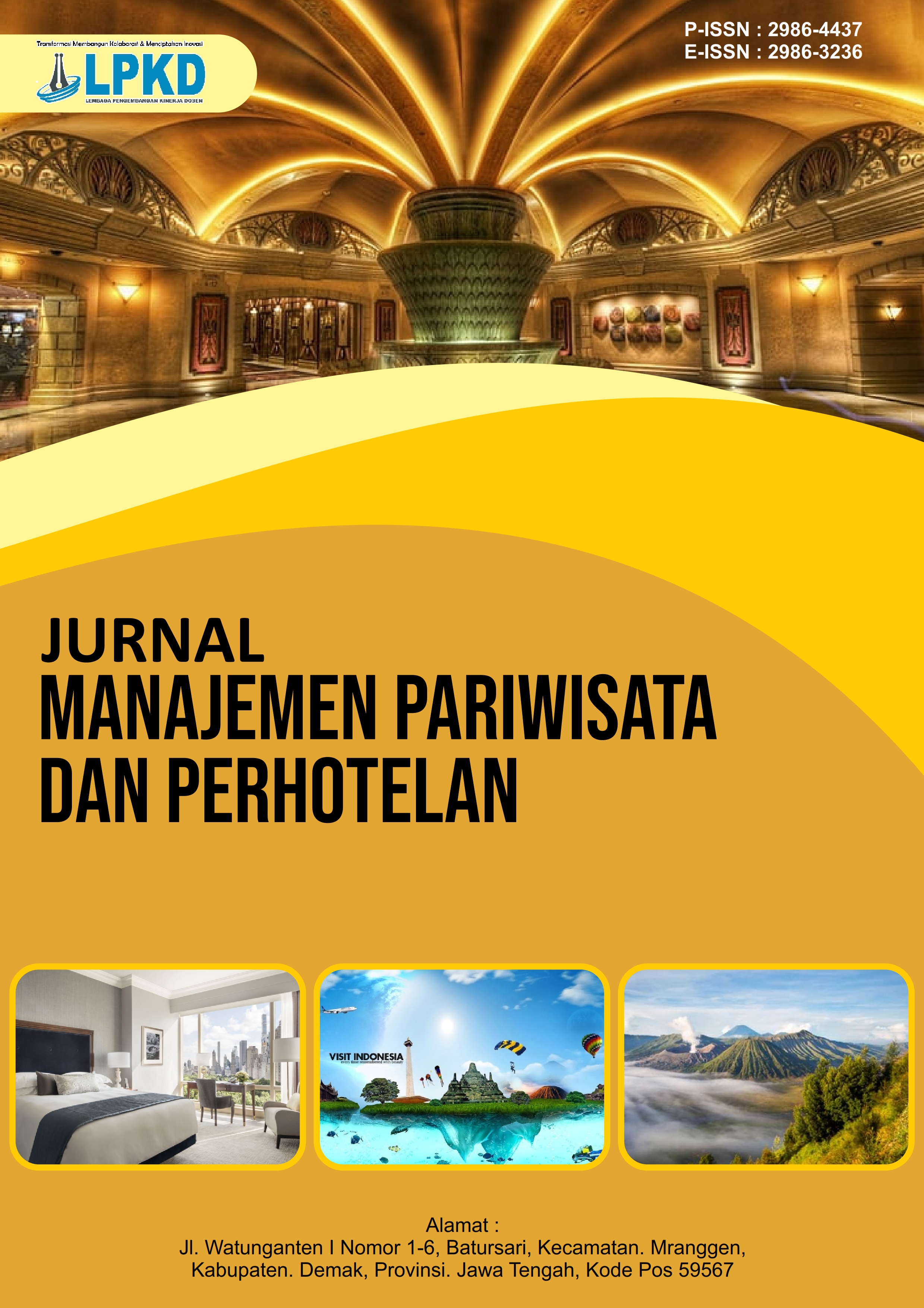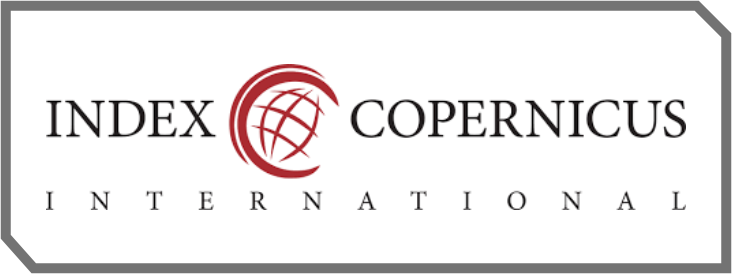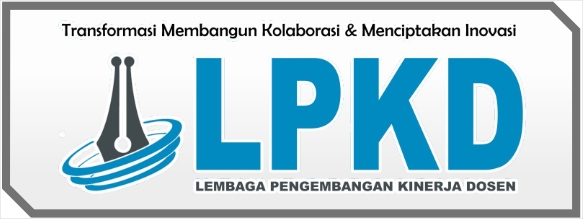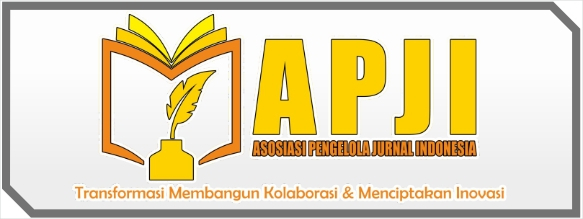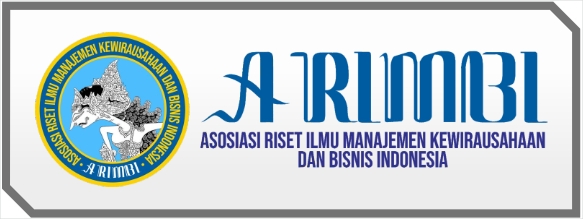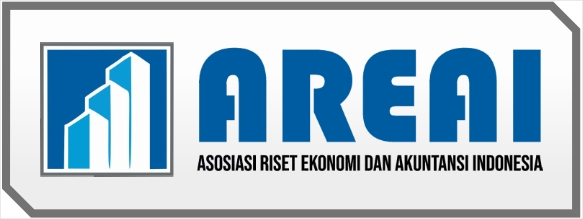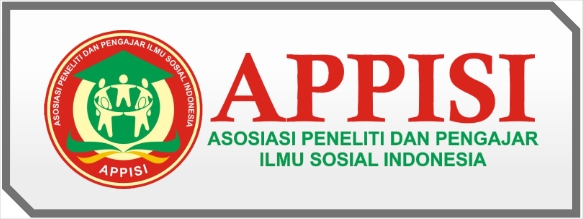Peran Pemerintah Desa dalam Pengembangan Desa Wisata Nagrog, Kecamatan Cipatujah, Kabupaten Tasikmalaya
DOI:
https://doi.org/10.59581/jmpp-widyakarya.v3i1.4653Keywords:
Village Government, Tourism Village, Tonjong Canyon, Community Empowerment, Tourism DevelopmentAbstract
This research explores the role of the Nagrog Village Government in advancing the Nagrog Tourism Village located in Cipatujah District, Tasikmalaya Regency. Utilizing a qualitative approach with a case study method, data were gathered through in-depth interviews, direct observations, and literature reviews. The study's results indicate that the Nagrog Village Government holds a pivotal role in the tourism village's development by improving coordination with Pokdarwis and BUMDes, implementing Village Regulations (Perdes) as a legal framework, and enhancing tourism-related infrastructure. Despite these efforts, challenges persist, including the lack of long-term development plans, insufficient support for Micro, Small, and Medium Enterprises (MSMEs), and ineffective promotional strategies. While the management of Tonjong Canyon as the main attraction has positively influenced the local economy, its contribution to Village Original Income (PAD) remains minimal. To achieve sustainable tourism village development, it is crucial to strengthen strategic planning, maximize digital marketing efforts, and improve MSME support.
References
Agyeiwaah, E. (2020). Over-tourism and sustainable consumption of resources through sharing: the role of government. In International Journal of Tourism Cities (Vol. 6, Issue 1, pp. 99–116). Emerald Group Holdings Ltd. https://doi.org/10.1108/IJTC-06-2019-0078
Alfianto, F. Y., & Fauzi, A. M. (2021). Peran Pemerintah Desa dalam Pengembangan Desa Wisata di Pakuncen. Paradigma.
Amerta, I. M. S. (2017). The Role of Tourism Stakeholders at Jasri Tourism Village Development, Karangasem Regency. International Journal of Social Sciences and Humanities (IJSSH), 1(2), 20. https://doi.org/10.21744/ijssh.v1i2.32
Andari, R., Kusumah, A. H. G., & Ningsih, C. (2024). The Role of Local Champion in Achieving an Integrated Rural Tourism: A Case Study of Alamendah Tourism Village, West Java. Sodality: Jurnal Sosiologi Pedesaan, 11(3), 291–304. https://doi.org/10.22500/11202350271
Andereck, K. L., & Nyaupane, G. P. (2011). Exploring the Nature of Tourism and Quality of Life Perceptions among Residents. Journal of Travel Research, 50(3), 248–260. https://doi.org/10.1177/0047287510362918
Antara, M., & Arida, I. N. S. (2015). Panduang Pengelolaan Desa Wisata Berbasis Potensi Lokal (Pertama). Pustaka Larasan.
Ariya, G., Sempele, C., & Simaloi, F. (2020). Local Maasai Women Empowerment Through Employment Opportunity: Lessons from Base Camp Maasai Brand in Maasai Mara, Kenya. In T. Baum & A. Ndiuini (Eds.), Sustainable Human Resource Management in Tourism: African Perspectives (pp. 143–155). Springer International Publishing. https://doi.org/10.1007/978-3-030-41735-2_11
Creswell, J. W., & David Creswell, J. (2018). Research Design: Qualitative, Quantitative, and Mixed Methods Approaches (Fifth Edition). Sage.
Deb, S. K., Das, M. K., Voumik, L. C., Nafi, S. Md., Rashid, M., & Esquivias, M. A. (2023). The Environmental Effects of Tourism: Analyzing the Impact of Tourism, Global Trade, Consumption Expenditure, Electricity, And Population on Environment In Leading Global Tourist Destinations. GeoJournal of Tourism and Geosites, 51(4 supplement), 1703–1716. https://doi.org/10.30892/gtg.514spl11-1166
Devine, A., & Devine, F. (2011). Planning and developing tourism within a public sector quagmire: Lessons from and for small countries. Tourism Management, 32(6), 1253–1261. https://doi.org/10.1016/j.tourman.2010.11.004
Fragkou, D. (2021). The Weakness of Mass Tourism in the Covid-19 Period and the Contribution of Architecture. Springer Proceedings in Business and Economics, 131–139. https://doi.org/10.1007/978-3-030-66154-0_15
Gautama, B. P., Yuliawati, A. K., Nurhayati, N. S., Fitriyani, E., & Pratiwi, I. I. (2020). Pengembangan Desa Wisata melalui Pendekatan Pemberdayaan Masyarakat. BERNAS: Jurnal Pengabdian Kepada Masyarakat, 1(4), 355–369. https://doi.org/10.31949/jb.v1i4.414
Gurvantry, D., Febriansah, A., & Tampubolon, J. (2022). Analisis Collaborative Governance dalam Pembangunan Kawasan Desa Wisata (Studi pada Desa Wisata Ekang di Kabupaten Bintan). PUBLICNESS: Journal of Public Administration Studies, 1(3), 174–178. https://doi.org/10.24036/publicness.v1i3.65
Hall, C. M. (2005). The Role of Government in the Management of Tourism: The Public Sector and Tourism Policies. In The Management of Tourism (pp. 218–231). SAGE Publications Ltd. https://doi.org/10.4135/9781446214961.n15
Irhandayaningsih, A. (2019). Strategi Pengembangan Desa Gemawang Sebagai Desa Wisata Eko Budaya. ANUVA, 3(3), 283–290.
Kemenkomarves. (2021). Pedoman Desa Wisata. (Kementerian Koordinator Bidang Kemaritiman dan Investasi Republik Indonesia.
Kemenparekraf. (2021). Membangun Ekosistem Desa Wisata Bersama Komunitas. Kemenparekraf/Baparekraf RI. https://kemenparekraf.go.id/ragam-pariwisata/Membangun-Ekosistem-Desa-Wisata-Bersama-Komunitas
Kemenparekraf. (2024). Siaran Pers : Menparekraf Resmi Luncurkan Anugerah Desa Wisata Indonesia (ADWI) 2024. Kemenparekraf/Baparekraf RI. https://www.kemenparekraf.go.id/berita/siaran-pers-menparekraf-resmi-luncurkan-anugerah-desa-wisata-indonesia-adwi-2024
Kodir, A., Ahmad, R., & Meiji, N. H. P. (2020). The dynamics access on tourism governance in wakatobi national park. Geojournal of Tourism and Geosites , 32(4), 1376–1383. https://doi.org/10.30892/GTG.32427-583
Koopmans, M. E., Rogge, E., Mettepenningen, E., Knickel, K., & Šūmane, S. (2018). The role of multi-actor governance in aligning farm modernization and sustainable rural development. Journal of Rural Studies, 59, 252–262. https://doi.org/10.1016/j.jrurstud.2017.03.012
Liu, C., Dou, X., Li, J., & Cai, L. A. (2020). Analyzing government role in rural tourism development: An empirical investigation from China. Journal of Rural Studies, 79, 177–188. https://doi.org/10.1016/j.jrurstud.2020.08.046
Luo, F., Moyle, B. D., Bao, J., & Zhong, Y. (2016). The role of institutions in the production of space for tourism: National Forest Parks in China. Forest Policy and Economics, 70, 47–55. https://doi.org/10.1016/j.forpol.2016.05.021
McLennan, C. lee J., Ritchie, B. W., Ruhanen, L. M., & Moyle, B. D. (2014). An institutional assessment of three local government-level tourism destinations at different stages of the transformation process. Tourism Management, 41, 107–118. https://doi.org/10.1016/j.tourman.2013.09.007
Nunkoo, R., & Ramkissoon, H. (2011). Developing a community support model for tourism. Annals of Tourism Research, 38(3), 964–988. https://doi.org/10.1016/j.annals.2011.01.017
OECD. (2024). OECD Tourism Trends and Policies 2024 (OECD Tourism Trends and Policies). OECD. https://doi.org/10.1787/80885d8b-en
Okparizan, Sumaryana, A., Muhafidin, D., & Suprayogi Sugandi, Y. (2019). Kapasitas Organisasi dalam Pengembangan Pariwisata Desa: Studi Kasus Desa Wisata Kabupaten Bintan. MIMBAR: Jurnal Penelitian Sosial Dan Politik. http://www.kemdesa.id/,
Park, J. H., Lee, C., Yoo, C., & Nam, Y. (2016). An analysis of the utilization of Facebook by local Korean governments for tourism development and the network of smart tourism ecosystem. International Journal of Information Management, 36(6), 1320–1327. https://doi.org/10.1016/j.ijinfomgt.2016.05.027
Purwanto, S. (2022). Analyzing the Role of Local Government in Tourism Village Development: An Empirical Investigation from Kampung Wisata Payo. In Proceedings of the International Academic Conference on Tourism (INTACT) “Post Pandemic Tourism: Trends and Future Directions” (INTACT 2022) (pp. 455–461). Atlantis Press SARL. https://doi.org/10.2991/978-2-494069-73-2_32
Putri, A. E., Khadijah, U. L. S., & Novianti, E. (2020). Community Empowerment in The Development of Mangrove Tourism in Batu Karas of Pangandaran, West Java. GeoJournal of Tourism and Geosites, 31(3), 972–978. https://doi.org/10.30892/gtg.3
Raharjana, D. T. (2012). Membangun Pariwisata Bersama Rakyat: Kajian Partisipasi Lokal dalam Membangun Desa Wisata di Dieng Plateau. KAWISTARA, 2(3), 22–2012.
Rismianto, D. D., Rochmah, S., & Nurani, F. (2013). Strategy of the Local Government in Developing Tourism Sector to Increase the Local Revenue (PAD) (Study in Culture, Tourism, Youth and Sport Institution of Tulungagung). Jurnal Administrasi Publik (JAP), 1(5), 1033–1038.
Ruhanen, L. (2013). Local government: Facilitator or inhibitor of sustainable tourism development? Journal of Sustainable Tourism, 21(1), 80–98. https://doi.org/10.1080/09669582.2012.680463
Ruwanti, S., & Suwardi, N. (2020). Pemetaan Potensi Desa dalam Upaya Mengembangkan Desa Wisata di Desa Pengujan, Kabupaten Bintan. Prosiding National Conference for Community Service Project (NaCosPro). http://journal.uib.ac.id/index.php/nacospro
Situmorang, R., Trilaksono, T., & Japutra, A. (2019). Friend or Foe? The complex relationship between indigenous people and policymakers regarding rural tourism in Indonesia. Journal of Hospitality and Tourism Management, 39, 20–29. https://doi.org/10.1016/j.jhtm.2019.02.001
Su, L., Huang, S. (Sam), & Huang, J. (2018). Effects of Destination Social Responsibility and Tourism Impacts on Residents’ Support for Tourism and Perceived Quality of Life. Journal of Hospitality and Tourism Research, 42(7), 1039–1057. https://doi.org/10.1177/1096348016671395
Su, M. M., Wall, G., Wang, Y., & Jin, M. (2019). Livelihood sustainability in a rural tourism destination - Hetu Town, Anhui Province, China. Tourism Management, 71, 272–281. https://doi.org/10.1016/j.tourman.2018.10.019
Tahiri, A., Kovaçi, I., & Trajkovska Petkoska, A. (2022). Sustainable Tourism as a Potential for Promotion of Regional Heritage, Local Food, Traditions, and Diversity—Case of Kosovo. In Sustainability (Switzerland) (Vol. 14, Issue 19). MDPI. https://doi.org/10.3390/su141912326
Triarchi, E., & Karamanis, K. (2017). Alternative Tourism Development: A Theoretical Background. World Journal of Business and Management, 3(1), 35. https://doi.org/10.5296/wjbm.v3i1.11198
Vainikka, V. E. (2016). Tourist guide reflections on the spatialities of mass tourism: A case study of Finnish package tourism in Crete. Fennia, 194(1), 64–78. https://doi.org/10.11143/40925
Wang, L., & Yotsumoto, Y. (2019). Conflict in tourism development in rural China. Tourism Management, 70, 188–200. https://doi.org/10.1016/j.tourman.2018.08.012
Wilson, S., Fesenmaier, D. R., Fesenmaier, J., & Es, J. C. Van. (2001). Factors for success in rural tourism development. Journal of Travel Research, 40(2), 132–138. https://doi.org/10.1177/004728750104000203
Downloads
Published
How to Cite
Issue
Section
License
Copyright (c) 2024 Jurnal Manajemen Pariwisata dan Perhotelan

This work is licensed under a Creative Commons Attribution-ShareAlike 4.0 International License.

